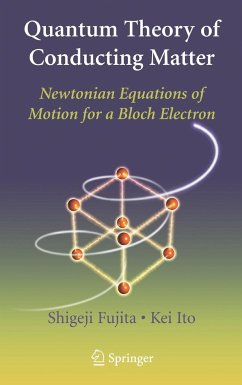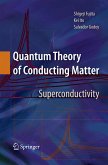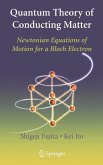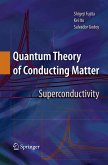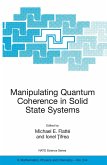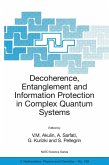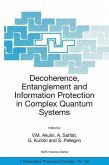The measurements of the Hall coe?cient R and the Seebeck coe?cient H (thermopower) S are known to give the sign of the carrier charge q. Sodium (Na) forms a body-centered cubic (BCC) lattice, where both R and S are H negative, indicating that the carrier is the "electron. " Silver (Ag) forms a face-centered cubic (FCC) lattice, where the Hall coe?cient R is negative H but the Seebeck coe?cient S is positive. This complication arises from the Fermi surface of the metal. The "electrons" and the "holes" play important roles in conducting matter physics. The "electron" ("hole"), which by de?- tion circulates counterclockwise (clockwise) around the magnetic ?eld (?ux) vector B cannot be discussed based on the prevailing equation of motion in the electron dynamics: dk/dt = q(E +v×B), where k = k-vector, E = electric ?eld, and v = velocity. The energy-momentum relation is not incorporated in this equation. In this book we shall derive Newtonian equations of motion with a s- metric mass tensor. We diagonalize this tensor by introducing the principal masses and the principal axes of the inverse-mass tensor associated with the Fermi surface. Using these equations, we demonstrate that the "electrons" ("holes") are generated, depending on the curvature sign of the Fermi s- face. The complicated Fermi surface of Ag can generate "electrons" and "holes," and it is responsible for the observed negative Hall coe?cient R H and positive Seebeck coe?cient S.
From the reviews:
"This book, basing on a quantum statistical mechanical point of view, develops the pairon theory of superconductivity. ... In total, this comprehensive monograph ... presents a very well textbook on superconductivity theories. ... The methodical advantage of the book is that ... problems of the text are used as tasks for a self-verification and self-training. ... will be very useful for students and also for their teachers specializing into Physics of Condensed Media and related directions." (I. A. Parinov, Zentralblatt MATH, Vol. 1174, 2009)
"Textbook reviews the physics of superconductivity and other superfluid phenomena which occur when matter organizes itself in a totally different way than it is expected to behave. ... This nice manual is intended for Ph.D. students working in condensed matter physics who want to have a global yet detailed and condensed view of these collective effects. The chapters ... contain the essential material to understand the technical aspects of the second quantization method and eigenvalue problems for determining the ground states of these collective effects." (Jean-Yves Fortin, Mathematical Reviews, Issue 2011 k)
"This book, basing on a quantum statistical mechanical point of view, develops the pairon theory of superconductivity. ... In total, this comprehensive monograph ... presents a very well textbook on superconductivity theories. ... The methodical advantage of the book is that ... problems of the text are used as tasks for a self-verification and self-training. ... will be very useful for students and also for their teachers specializing into Physics of Condensed Media and related directions." (I. A. Parinov, Zentralblatt MATH, Vol. 1174, 2009)
"Textbook reviews the physics of superconductivity and other superfluid phenomena which occur when matter organizes itself in a totally different way than it is expected to behave. ... This nice manual is intended for Ph.D. students working in condensed matter physics who want to have a global yet detailed and condensed view of these collective effects. The chapters ... contain the essential material to understand the technical aspects of the second quantization method and eigenvalue problems for determining the ground states of these collective effects." (Jean-Yves Fortin, Mathematical Reviews, Issue 2011 k)

